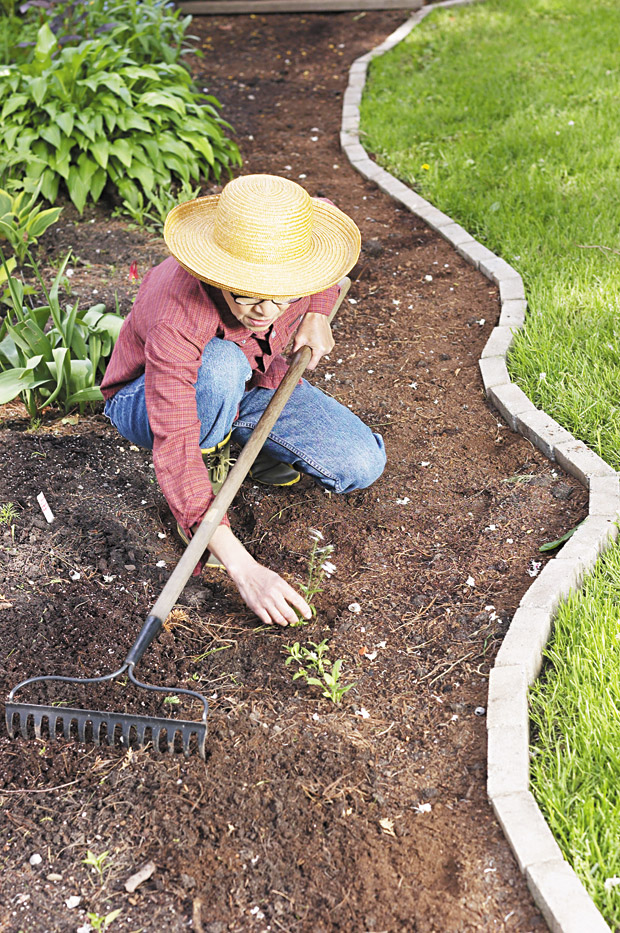7 steps toward a beautiful lawn
If you’re a part of the nearly 90 percent of Americans who believe it’s important to have a well-maintained yard, you and your backyard will appreciate these seven simple steps for tending to your natural turf lawn with minimal effort.
According to Grass Seed USA, a coalition of American grass seed farmers and academics, investing a little repair time, followed by a small amount of maintenance time will pay off with a lush lawn ready for all your outdoor activities.
1. Test your soil. Good soil is one of the essentials of a healthy lawn. A soil test is simple, inexpensive and provides valuable information about current pH levels. Simple amendments like lime or sulfur can be added to neutralize overly acidic or alkaline soil and help grass thrive. Find a soil test kit at a local garden store or make your own using common household items.
2. Aerate. Older or heavily trafficked lawns can suffer from soil compaction. A core aerator with hollow tines will pull small plugs of soil out of the ground, allowing increased movement of water, nutrients and oxygen. Aeration also can increase the soil contact with new seeds and promote new growth. You can rent an aerator or hire a professional to do the work for you.
3. Seed. Turf specialists at a garden store or local university extension office can help select the right seed for your area and usage, pointing you toward the seed closest to existing grass or suggesting alternatives for problem areas. After seeding, water lightly but regularly, keeping the reseeded areas damp until the new grass grows in.
4. Control weeds. Healthy lawns essentially control weeds by squeezing them out. However, if crabgrass or dandelions invade, herbicides may help. Consult a garden specialist about which herbicide is right for your lawn and how to use it. Applying a pre-emergent herbicide before weed grass emerges can reduce problems down the line. If you’ve applied seed, keep in mind herbicides can kill it, so use a product that will not affect new growth. For dandelions, digging them up often is effective, but a broadleaf herbicide may be applied.
5. Water as needed. On average, a lawn needs about 1 inch of water per week, from rainfall or irrigation. Letting the lawn dr y out completely between waterings will encourage the grass to grow stronger, deeper roots as it searches for water deeper in the soil. Put a rain gauge on your porch to measure rainfall; skip the watering and save your irrigation money if you receive 1 inch of rain in a week.
6. Fertilize naturally. Don’t break your back trying to bag lawn clippings. If you mow frequently (about once a week during the growing season) and don’t remove too much height (only one-third of the blade), you can leave the grass clippings on the lawn. They contain the same nitrogen, phosphorus and potassium as commercial fertilizer — and they’re free.
7. Mow to the right height. Wait until your grass is 3 inches tall before mowing and then cut it to 2 inches in height. By only trimming one-third of the blade length, you will avoid stressing the grass while leaving enough leaf to protect the roots from the sun — helping you create a low-maintenance lawn.
A lawn doesn’t need constant pampering. Ongoing lawn maintenance can be quick and easy, and the reward is a beautiful, environmentally-friendly setting for outdoor activities of many kinds. So, fire up the grill, hang up the hammock and get busy enjoying your personal great, grassy outdoors.
More lawn care tips can be found at weseedamerica.com.
This article is courtesy of Brandpoint.

